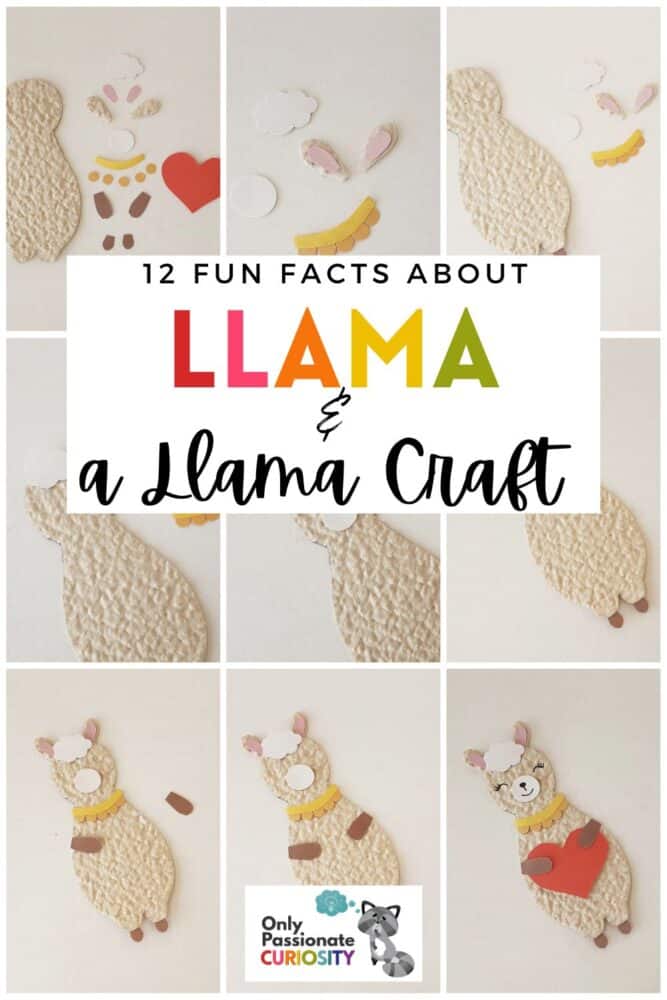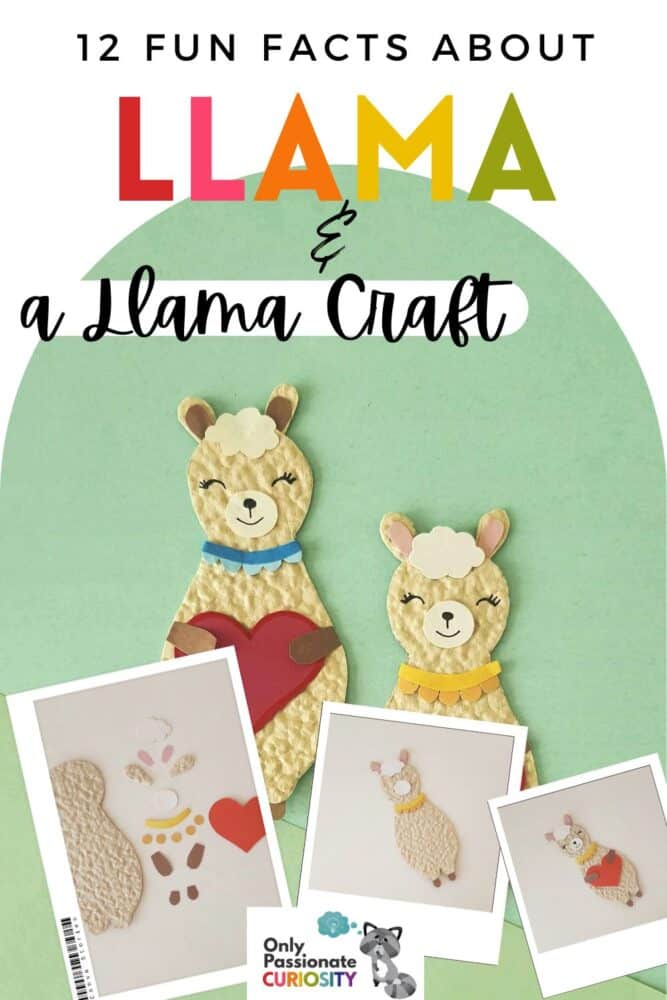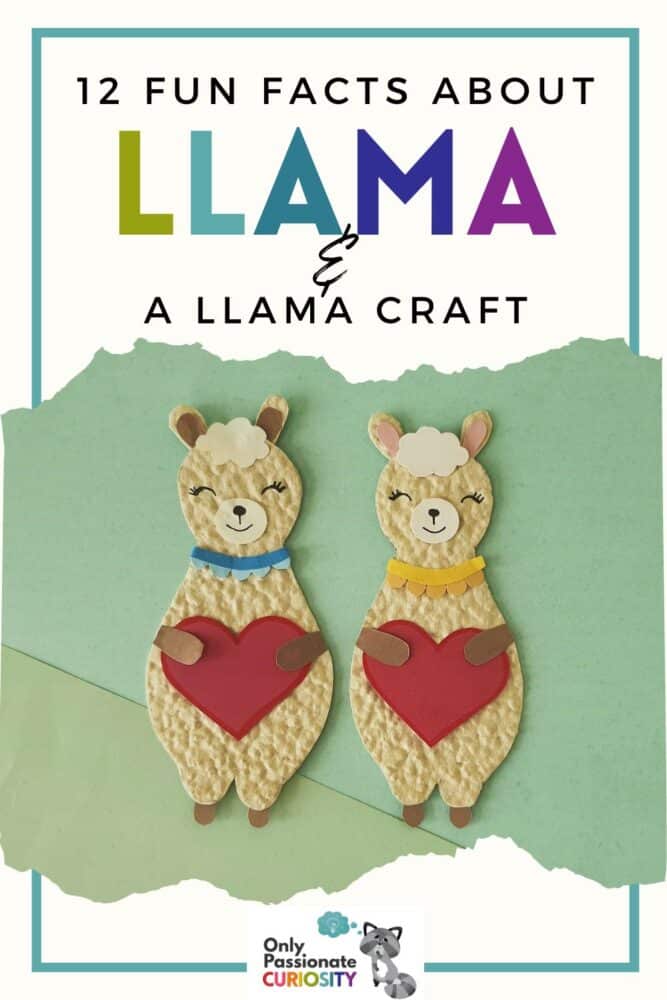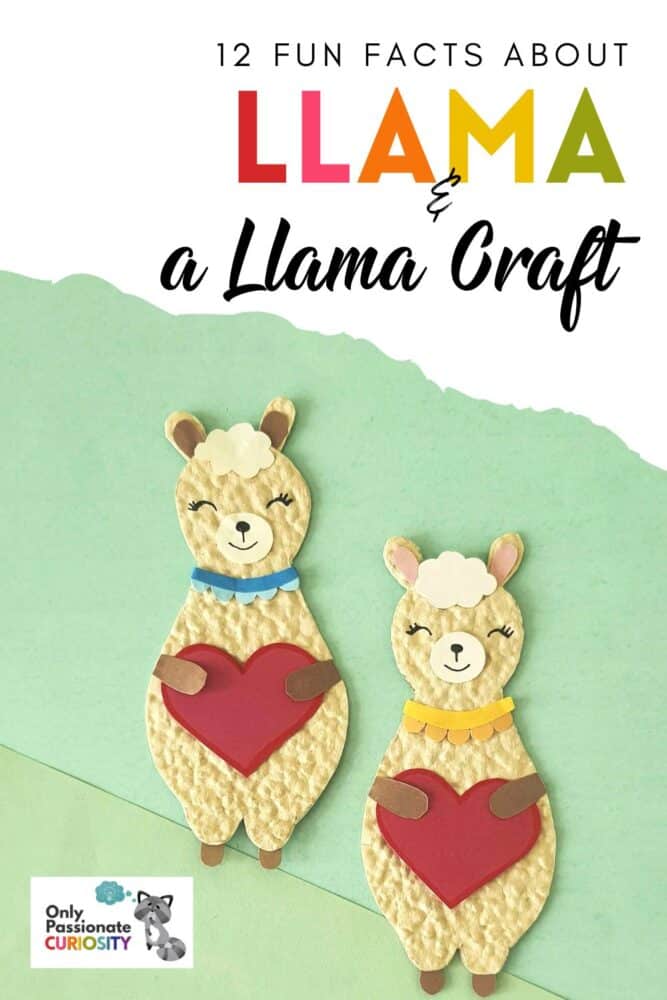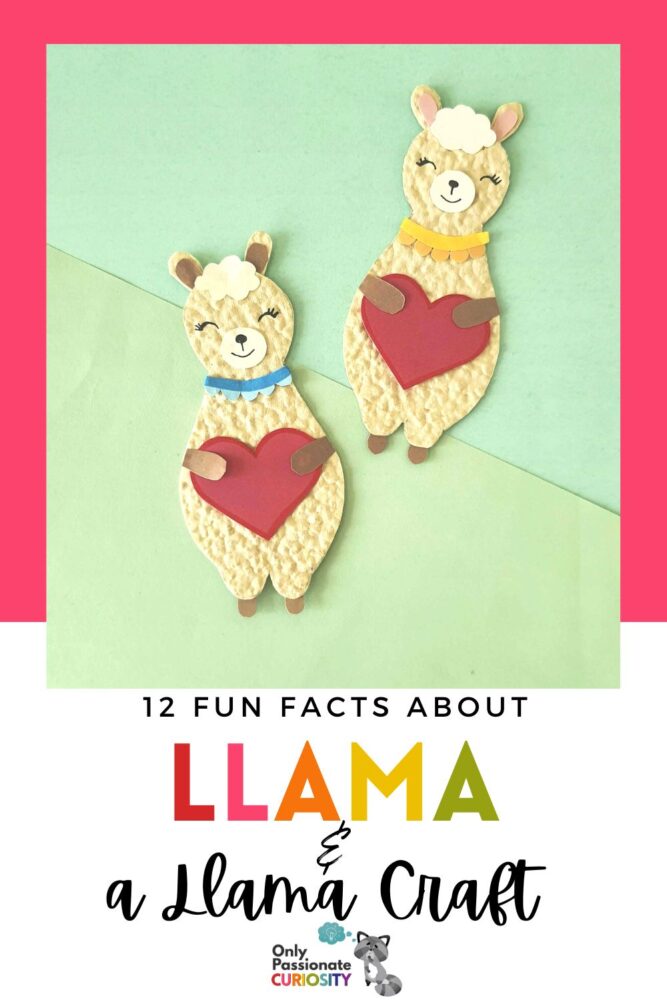12 Fun Facts About Llamas & a Llama Craft
When I was a small child, an aunt gifted me a toy llama. It was very true to life, with a beautiful coat of fur. For years, I didn’t realize that there was such an animal! We are sharing 12 fun facts about llamas, so everyone can know about these fascinating creatures.
The llama heart craft is included here as a hands-on way to help children remember what they’ve learned. They can make the heart llama as a gift for a grandparent and share the fun facts about llamas they learned in this mini unit study.
12 Fun Facts About Llamas
- Llamas are in the family camildae. Camels are also in this family.
- Llamas have two coats–an undercoat and guard hair. The undercoat is downy and protects them from hot and cold temperatures. Their guard hair helps resist twigs, leaves, and moisture. The guard hair is especially helpful when llamas are trekking through wooded areas with branches, leaves, and burs.
- Llamas are very social and live in groups called herds. To help protect against predators, a herd of llamas might join up with a herd of sheep or goats.
- A female will give birth every two years.
- A baby llama is called a crio, which means “baby” in Spanish. This name applies to babies up to six months old.
- Llamas do live in the United States, but they are native to South America in countries like Peru, Bolivia, and Ecuador.
- Llamas do not have hooves. They have split-nailed feet that help them navigate more easily on mountain terrain. The toe is hard and curves down toward the ground, but their heel pad is soft.
- A female llama does not have a long tongue that sticks out of their mouth, so the mother’s do not lick their babies clean. But the mothers do hum to their babies.
- Llamas have three eyelids.
- Llamas will also hum when they are bored or tired.
- Llamas can spit from 5 to 10 feet. They spit for a variety of reasons, including when they are stressed, when they need to clear their lungs, to discipline, when they feel threatened, to mark their territory, or to show dominance.
- Llamas eliminate in a community dung pile. This pile is typically located away from where they eat.
As your children are enjoying the craft below, read one or more of the recommended books listed at the end of the post. Other unit study ideas:
Tools You’ll Need for The Llama Craft
Full List of Supplies:
- Colored craft papers
- Embossed paper
- Pencil – to trace the template
- Craft glue
- Marker or gel pen
- Scissors
- Llama template. Click here to download it. (Opens in new tab.)
Instructions:
Step 1:
Download the llama template here. It will open in a new tab.
Select white or cream embossed paper for the Llama base. You can use plain white paper as well. Select different colored craft papers for the other patterns. The template includes body base, mouth part, necklace, hair, inner and outer ear parts, hoof patterns, and a heart. Trace the template patterns on the selected craft papers and cut out the traced pattern.
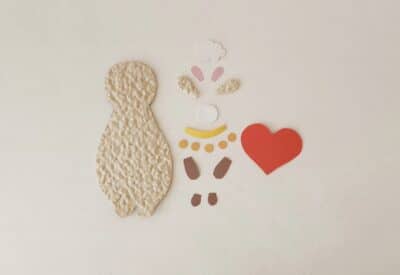
Step 2:
Attach the necklace cutouts together to craft the paper necklace. Attach the inner ear cutouts on the outer ear cutouts.
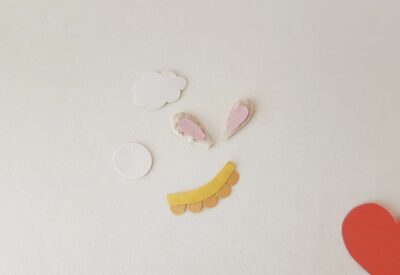
Step 3:
Attach the 2 small hoof cutouts on the bottom side of the leg parts.
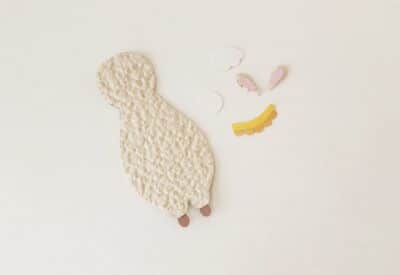
Step 4:
Attach the hair cutout on the top side of the head part.
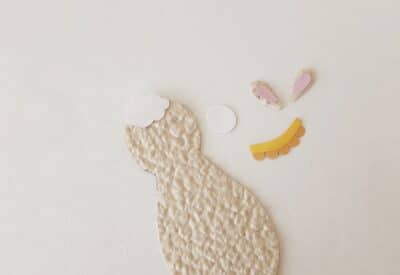
Step 5:
Attach the ear patterns on both sides of the head’s top side and attach the mouth part (round shape) in the center of the head part.
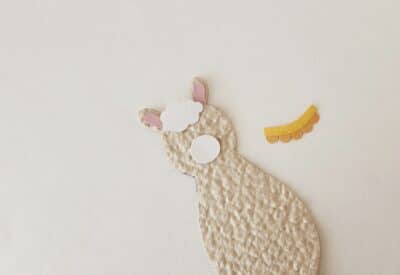
Step 6:
Attach the necklace pattern on the neck part of the base.
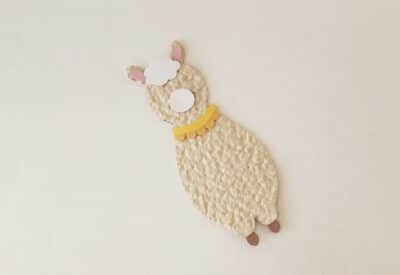
Step 7:
Take any one of the big hoof cutouts and attach it on the left side of the body part. Attach the hoof along the outer edge only; keep the rest of the hoof free from glue.
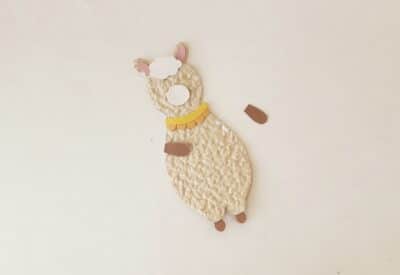
Step 8:
Similarly, attach the other hoof on the right side.
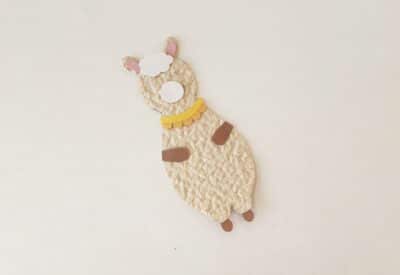
Step 9:
Use a sharpie to draw the face of the papercraft llama and slide a heart cutout under the upper hoofs.
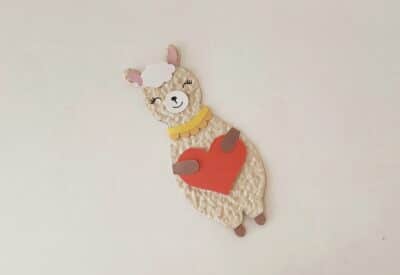
Additional Activities to Go with the Llama Facts and Llama Craft
- Visit a farm that raises llamas and/or alpacas. You can visit one virtually via this national list of llama farms.
- Research items made from llama fleece. Make a mini-poster of those items. (Print photos from the internet or from magazines.)
- Do a study of South America or the countries of Peru, Bolivia, and Ecuador. Be sure to study the mountain ranges llamas may help people navigate in those areas.
- Ask your child to write a list of adjectives describing llamas and make a word wall.
- Using a squirt gun, have your child shoot water to simulate llama spit. Can they make it travel 10 feet? Use a tape measure to see how far you can “spit” with a squirt gun.
Books About Llamas



